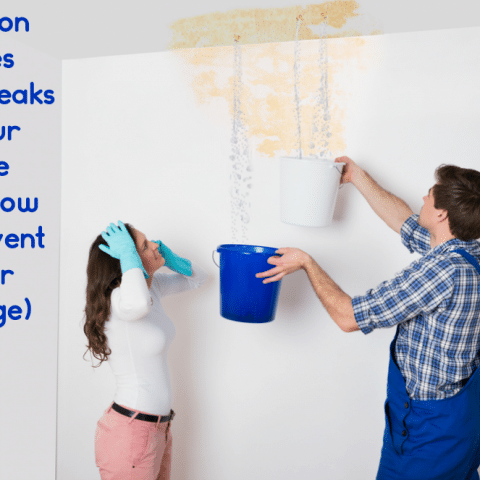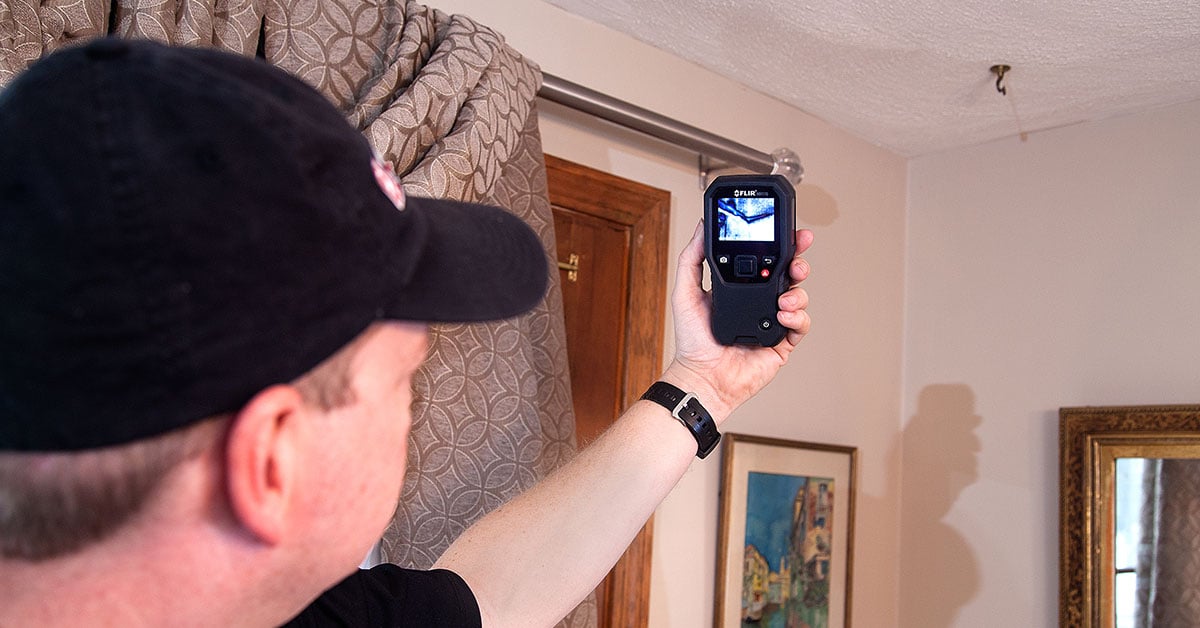How to Find and also Repair Service Water Leaks-- A Comprehensive Guide
How to Find and also Repair Service Water Leaks-- A Comprehensive Guide
Blog Article
On this page down the page you can discover lots of dependable guidance when it comes to Detecting hidden plumbing leaks.

Early discovery of leaking water lines can mitigate a prospective disaster. Some tiny water leakages may not be visible.
1. Examine the Water Meter
Every home has a water meter. Inspecting it is a proven manner in which aids you find leaks. For starters, switch off all the water sources. Ensure nobody will flush, utilize the faucet, shower, run the washing machine or dish washer. From there, go to the meter and also watch if it will change. Considering that nobody is utilizing it, there ought to be no motions. That suggests a fast-moving leakage if it moves. If you spot no modifications, wait an hour or 2 and inspect back once more. This suggests you might have a sluggish leak that might even be below ground.
2. Check Water Consumption
If you identify sudden adjustments, in spite of your consumption being the very same, it implies that you have leakages in your plumbing system. An abrupt spike in your expense suggests a fast-moving leak.
Meanwhile, a stable increase each month, even with the very same routines, shows you have a slow leakage that's additionally gradually intensifying. Call a plumber to extensively check your property, particularly if you really feel a cozy location on your floor with piping underneath.
3. Do a Food Coloring Test
When it comes to water consumption, 30% comes from bathrooms. If the color in some way infiltrates your dish during that time without flushing, there's a leak in between the storage tank and dish.
4. Asses Exterior Lines
Do not forget to check your outside water lines also. Should water permeate out of the link, you have a loose rubber gasket. One tiny leak can throw away loads of water as well as increase your water bill.
5. Inspect and also Assess the Circumstance
House owners need to make it a behavior to check under the sink counters and also even inside cabinets for any kind of bad odor or mold development. These two red flags show a leak so punctual interest is required. Doing regular evaluations, also bi-annually, can save you from a major problem.
Inspect for stainings and compromising as a lot of home appliances and also pipelines have a life expectancy. If you think leaking water lines in your plumbing system, do not wait for it to intensify.
Early discovery of dripping water lines can minimize a possible disaster. Some tiny water leaks may not be noticeable. Examining it is a proven means that aids you uncover leakages. One small leak can throw away tons of water as well as increase your water bill.
If you think dripping water lines in your plumbing system, do not wait for it to escalate.
WARNING SIGNS OF WATER LEAKAGE BEHIND THE WALL
PERSISTENT MUSTY ODORS
As water slowly drips from a leaky pipe inside the wall, flooring and sheetrock stay damp and develop an odor similar to wet cardboard. It generates a musty smell that can help you find hidden leaks.
MOLD IN UNUSUAL AREAS
Mold usually grows in wet areas like kitchens, baths and laundry rooms. If you spot the stuff on walls or baseboards in other rooms of the house, it’s a good indicator of undetected water leaks.
STAINS THAT GROW
When mold thrives around a leaky pipe, it sometimes takes hold on the inside surface of the affected wall. A growing stain on otherwise clean sheetrock is often your sign of a hidden plumbing problem.
PEELING OR BUBBLING WALLPAPER / PAINT
This clue is easy to miss in rooms that don’t get much use. When you see wallpaper separating along seams or paint bubbling or flaking off the wall, blame sheetrock that stays wet because of an undetected leak.
BUCKLED CEILINGS AND STAINED FLOORS
If ceilings or floors in bathrooms, kitchens or laundry areas develop structural problems, don’t rule out constant damp inside the walls. Wet sheetrock can affect adjacent framing, flooring and ceilings.
https://www.servicemasterbyzaba.com/blog/how-to-detect-water-leakage-in-walls/

Hopefully you enjoyed reading our section on Leaking water lines. Many thanks for spending some time to read through our blog. For those who enjoyed reading our post please do not forget to share it. Many thanks for your time. Visit us again soon.
Report this page